Laosi Town, China's Pompeii Part-1
Source - http://english.people.com.cn/90001/90783/91300/7336871.html
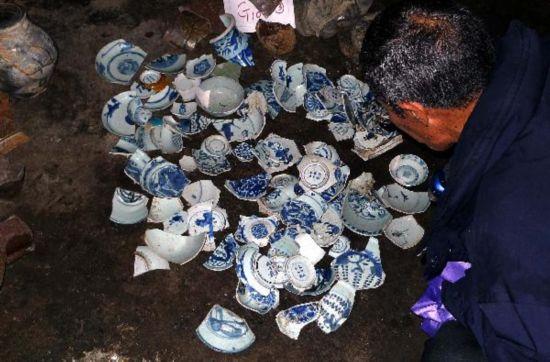
An archaeologist watches pieces of porcelain excavated from the ruins of Laosi Town at Yongshun County in central China's Hunan Province, Nov 21, 2010. As one of the largest, best-preserved, and most typical ethnic cultural heritage in China, the site has the functions for living, burying and religious worship.The ruins of Laosi Town covers a total area of over 250,000 square meters, with the core area reaching 50,000 square meters.Archaeologists have found many relics, including the hall of patriarch, pavilion of Jade Emperor, ancient tombs, ancient streets, ancient walls, memorial arches, bronze bells and stone horses. Laosi Town is a rare case of cultural relics to study the Tusi system, a special political system that China's ancient feudal dynasties applied to rule the people in the ethnic group regions by granting hereditary titles to local leaders. With more and more historical relics being discovered, some people call Laosi Town - China' s Pompeii.(Xinhua/Zhao Zhongzhi)

Archaeologists work at the ruins of Laosi Town at Yongshun County in central China's Hunan Province, Nov. 21, 2010. (Xinhua/Zhao Zhongzhi)
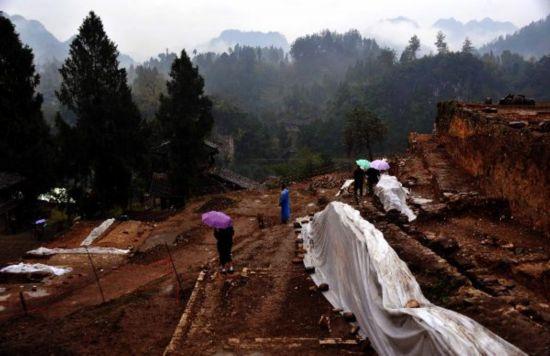
Photo taken on Nov. 21, 2010 shows part of the ruins of Laosi Town at Yongshun County in central China's Hunan Province. (Xinhua/Zhao Zhongzhi)
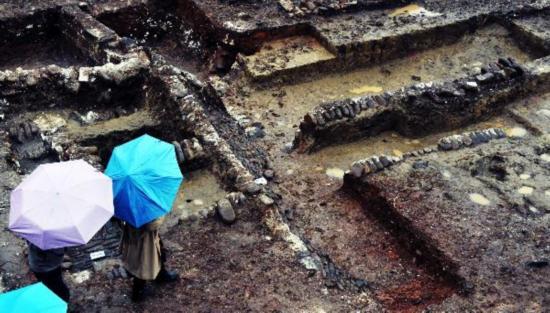
Photo taken on Nov. 21, 2010 shows part of the ruins of Laosi Town at Yongshun County in central China's Hunan Province. (Xinhua/Zhao Zhongzhi)
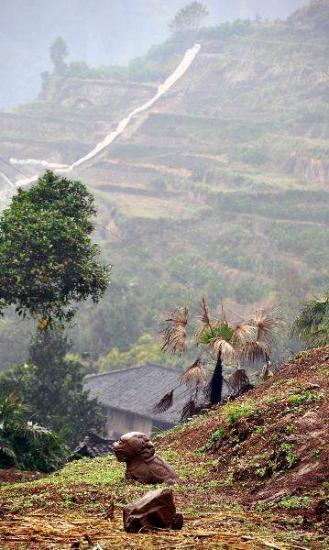
Photo taken on Nov. 21, 2010 shows a stone statue at the ruins of Laosi Town at Yongshun County in central China's Hunan Province.(Xinhua/Zhao Zhongzhi)
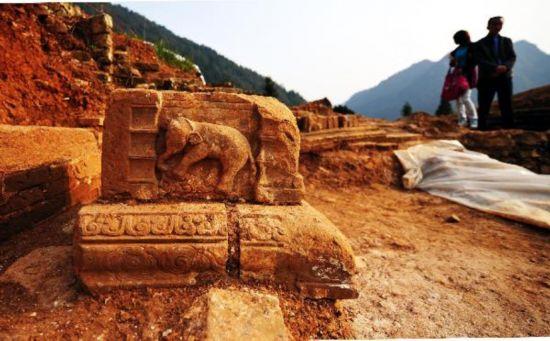
SUITE Part-2